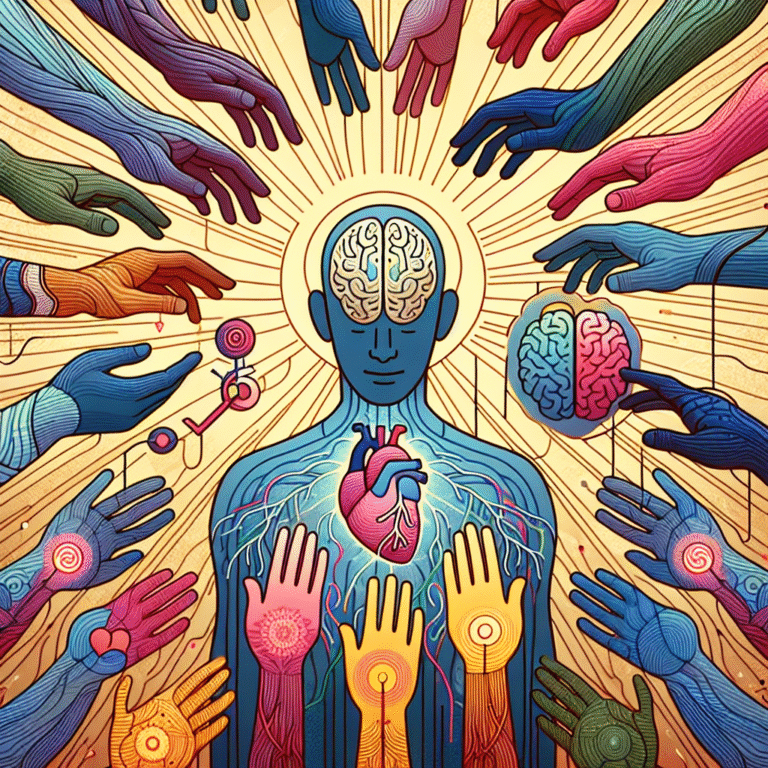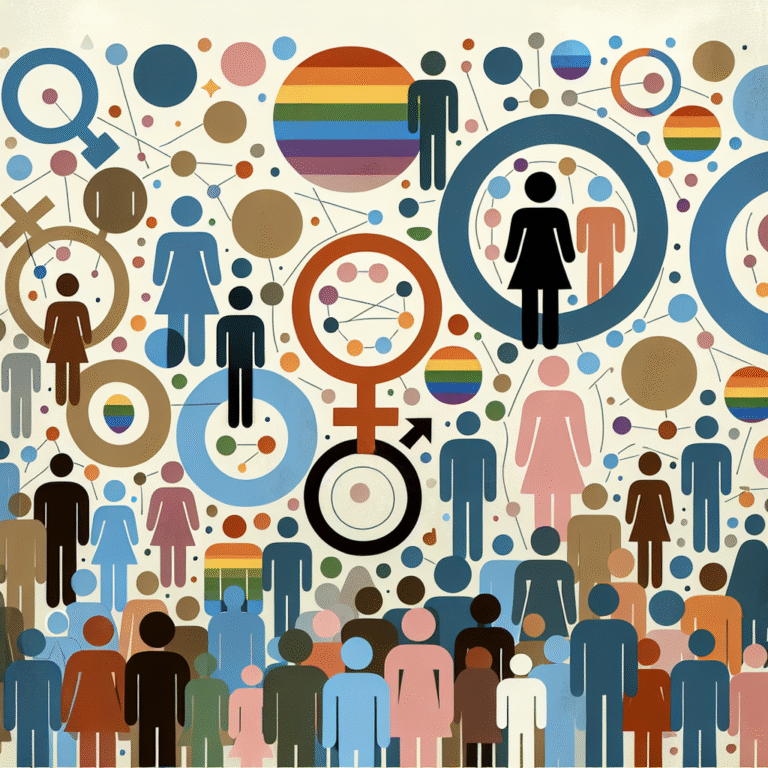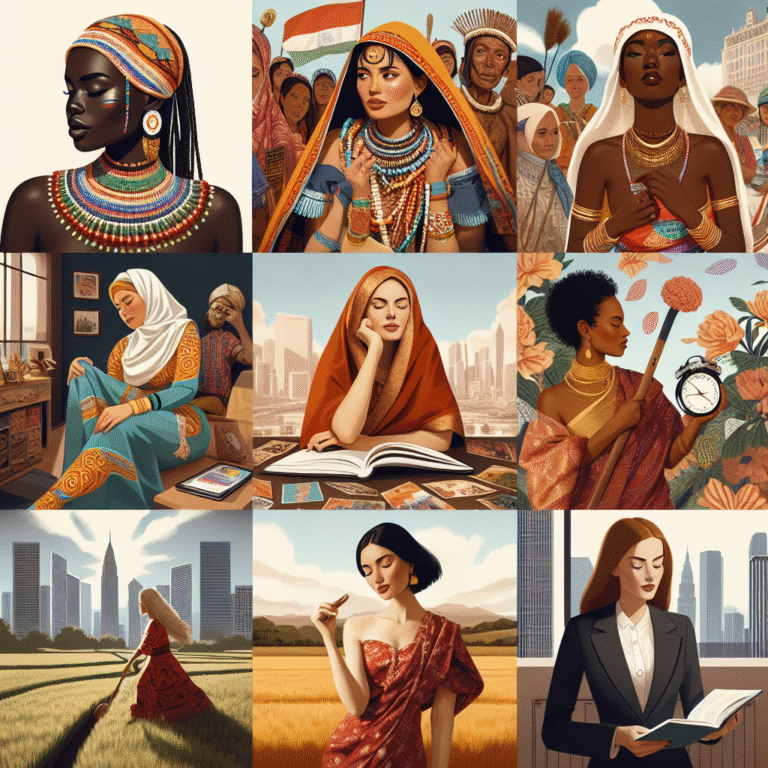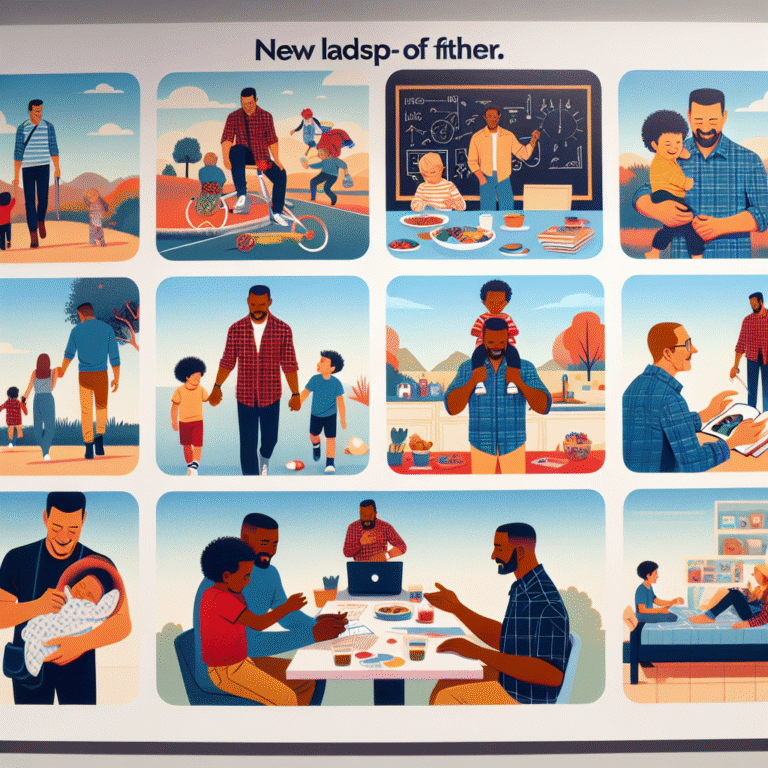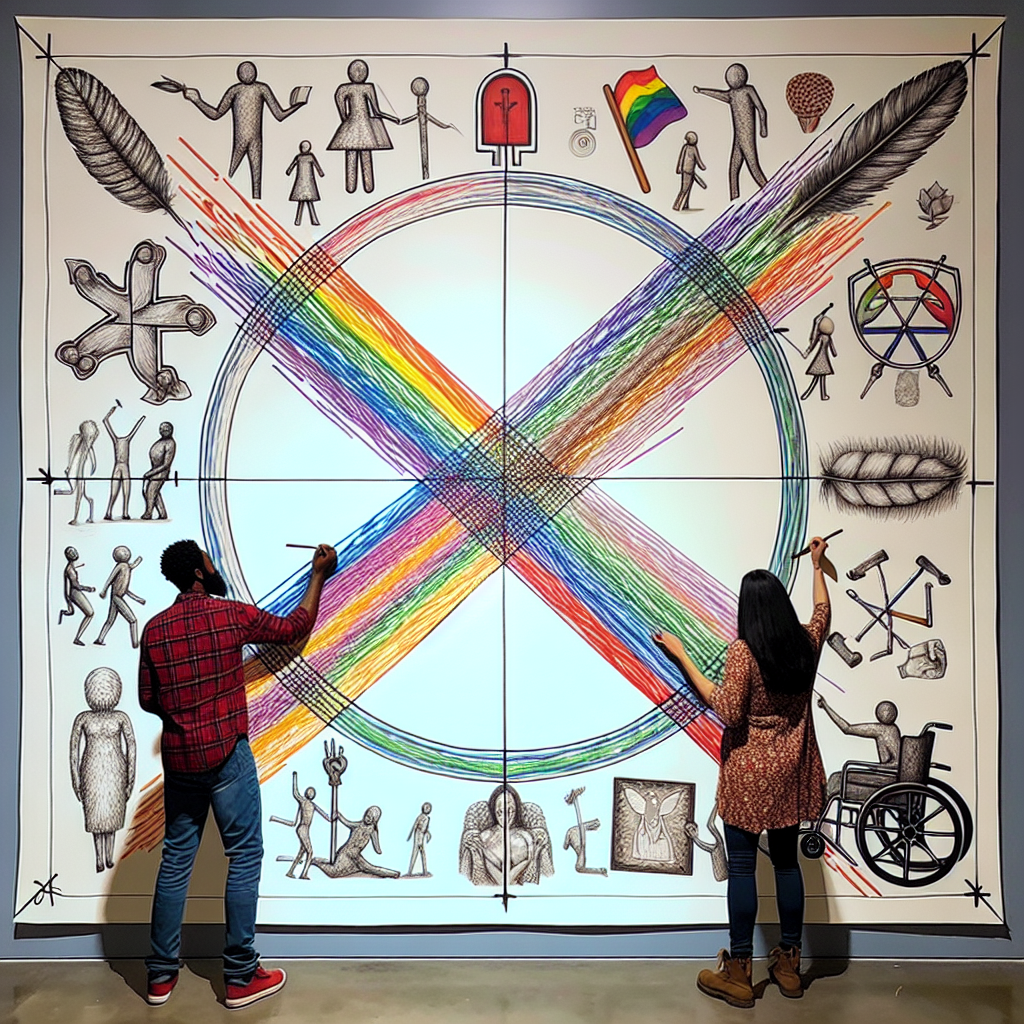
Introduction
In today’s rapidly changing world, social justice movements strive to dismantle systemic inequalities that oppress marginalized communities. However, these movements often encounter a multilayered landscape of oppression. Understanding that oppression intersects at various points is crucial to creating effective advocacy strategies. This article dives deep into the Intersections of Oppression: Examining the Complexities of Social Justice Movements, illuminating the intricate web of identities and experiences that shape these movements.
The Foundation of Intersectionality
Understanding Intersectionality
Intersectionality, a term coined by Kimberlé Crenshaw in the late 1980s, describes how various forms of social stratification, such as race, gender, class, and sexual orientation, overlap and contribute to unique experiences of oppression. The Intersections of Oppression: Examining the Complexities of Social Justice Movements brings to light how neglecting these intertwined identities can weaken the impact of advocacy efforts.
Table 1: Types of Oppression and Their Intersections
| Type of Oppression | Example Experiences | Potential Overlap |
|---|---|---|
| Racism | Discrimination against people of color | Gender-based violence in marginalized communities |
| Sexism | Wage gaps for women | Racial stereotypes affecting women’s employment |
| Classism | Lack of access to healthcare | Poor quality education in low-income neighborhoods |
| Homophobia | Discrimination against LGBTQ+ individuals | Gender non-conformity faced by LGBTQ+ people of color |
Historical Context
The roots of intersectionality are found in the civil rights and feminist movements. While these movements laid the groundwork for social justice in the United States, they often marginalized issues related to class and sexuality. By addressing the Intersections of Oppression, current movements can learn from past shortcomings and forge a more inclusive path forward.
Case Studies: Real-World Applications
Case Study 1: The Black Lives Matter Movement
The Black Lives Matter (BLM) movement emerged in response to police violence against Black individuals. By emphasizing the Intersections of Oppression, BLM highlights how racism, sexism, and economic injustice converge. For instance, Black women face elevated rates of police brutality while also contending with sexism and economic disparities.
Analysis
The BLM movement exemplifies how acknowledging these intersections strengthens advocacy efforts. By centering the stories of Black women and LGBTQ+ activists, the movement challenges single-axis narratives, advocating for a more inclusive approach to justice.
Case Study 2: LGBTQ+ Rights Movements
The fight for LGBTQ+ rights has seen significant progress, yet the experiences of LGBTQ+ people are not monolithic. Trans women of color, facing heightened violence and discrimination, often bear the weight of multiple intersecting oppressions. The Intersections of Oppression: Examining the Complexities of Social Justice Movements reveals that focusing solely on sexual orientation ignores the realities of race and class.
Analysis
By amplifying the voices of marginalized subgroups within the LGBTQ+ community, advocacy groups such as Transgender Genders of Color Coalition (TGEG) are making strides toward more equitable policies.
Case Study 3: #MeToo Movement
The #MeToo movement brought global attention to sexual harassment and assault, yet it also illuminated the vastly different experiences of women based on race and socioeconomic status. While middle-class white women often lead discussions, women of color and those from lower-income backgrounds face compounded issues of systemic racism and poverty, often unidentified within mainstream narratives.
Analysis
By emphasizing the Intersections of Oppression, activists within the #MeToo movement can work to ensure that all women’s experiences are valued and heard, regardless of their background.
The Role of Allies in Social Justice Movements
Understanding Allyship
Allyship is critical for addressing the Intersections of Oppression, as allies bring visibility and resources to underrepresented communities. However, understanding the complexities of social justice movements is vital to being an effective ally.
Practical Steps for Allies
- Listen and Learn: Engage with marginalized communities to better understand their struggles.
- Acknowledge Privilege: Recognizing one’s own privileges can illuminate blind spots in social justice advocacy.
- Advocate for Inclusivity: Encourage movements to adopt intersectional frameworks that elevate diverse voices.
Challenges in Implementing Intersectionality
Resistance within Movements
Despite the importance of understanding the Intersections of Oppression, there is often resistance within social justice movements. Some groups may prioritize their specific struggles over broader coalition-building, leading to fragmentation. This “single-issue focus” can inhibit broader societal change.
Misunderstanding Intersectionality
Another challenge is the misunderstanding of intersectionality itself. Some advocates may interpret it superficially, leading to symbolic gestures rather than genuine commitments to inclusive practices.
Motivational Takeaway
Advocating for social justice means acknowledging the complexity of human experiences. By understanding the Intersections of Oppression, we can foster more inclusive movements, paving the way for a society that values all voices.
FAQs
1. What does intersectionality mean?
Intersectionality refers to the way different social identities, such as race, gender, and class, interact to create unique experiences of oppression.
2. Why is acknowledging intersections important in social justice movements?
Recognizing intersections ensures that all voices are heard and valued, preventing the marginalization of specific groups within broader movements.
3. How can I be an ally in social justice?
Being an ally involves listening to marginalized communities, acknowledging your privilege, and advocating for change that includes diverse perspectives.
4. What are some examples of oppression intersecting?
Examples include Black women facing both racism and sexism, or LGBTQ+ individuals of color encountering homophobia and systemic racism simultaneously.
5. Can social justice movements be effective without addressing intersectionality?
While movements may achieve some success, failing to acknowledge intersectionality can limit their effectiveness and alienate marginalized communities.
Conclusion
The Intersections of Oppression: Examining the Complexities of Social Justice Movements is not just an academic concept; it’s a vital framework that can transform advocacy efforts. By understanding and addressing these intersections, we not only amplify diverse voices but also work towards a more equitable society. Each of us has a role to play in fostering inclusivity—let’s commit to understanding these complexities and acting upon them to drive meaningful social change.




